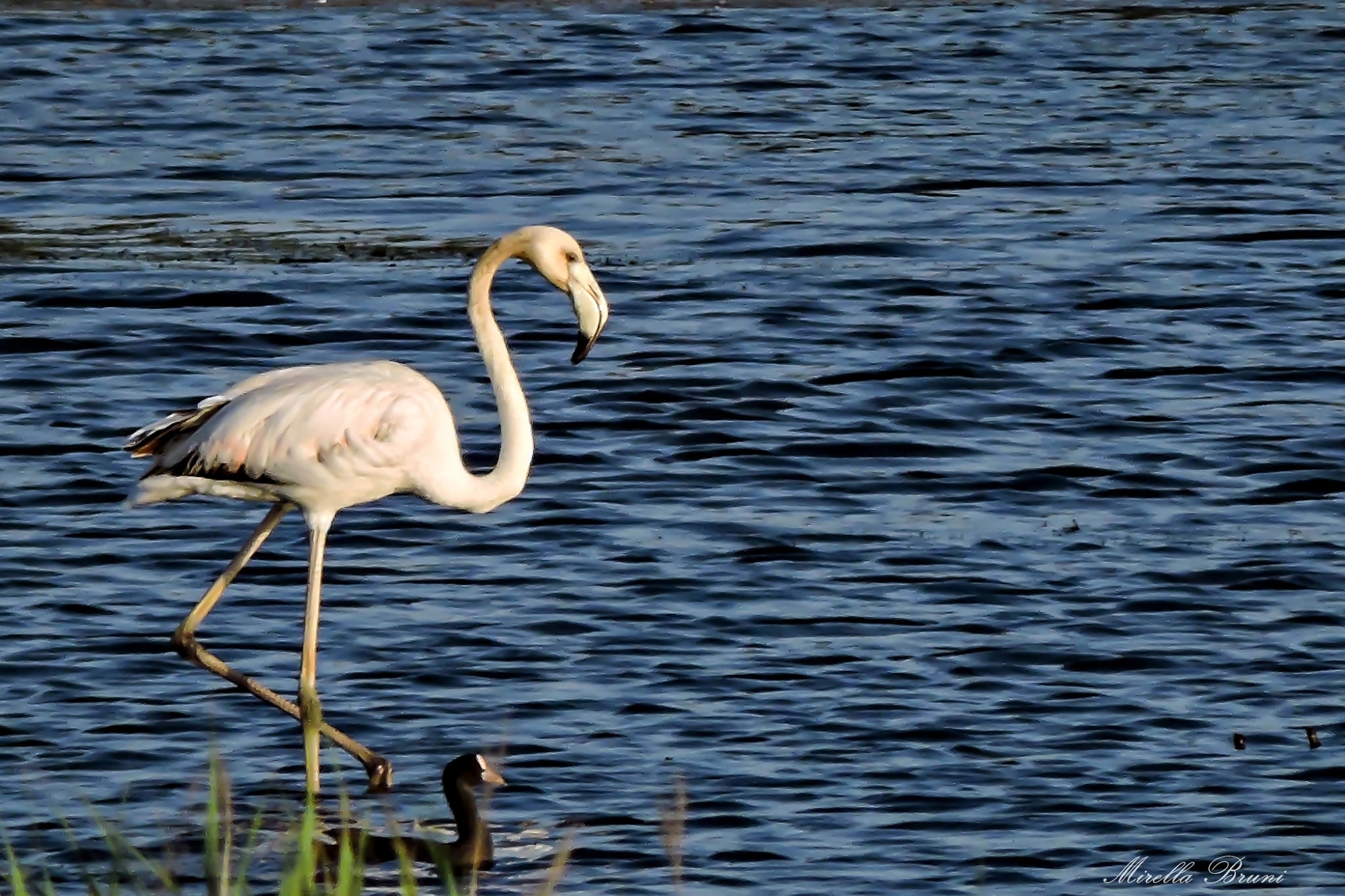Orti Bottagone WWF Nature Reserve
Piombino’s protected wetland area, where flamingos fly free
This splendid nature reserve is one of Italy’s rare wetlands and the last vestige of the marshland district that once dominated the Val di Cornia. The Reserve covers some 247 acres (100 hectares) of flat coastal land and includes two marshes: the reedy freshwater Bottagone and the brackish Orti greened by salicornia. Together, the two marshes constitute a true oasis of biodiversity, which as a whole provides suitable habitats for many plant and animal species.
In terms of flora, it is interesting to note that all the plant species typical of freshwater areas and flooded meadows are present here.
For the fauna, a particular richness and variety of bird species is reported, with a number nesting in the Nature Reserve. Then there are numerous birds of passage that stop here in spring and fall. At different times of the year, mallard, flamingo, grey heron, great egret, peregrine falcon, purple heron, Western marsh harrier, common kestrel, black-winged stilt and great spotted cuckoo can be observed.

Two Nature Trails make it possible to visit the Nature Reserve. These flat paths of no particular difficulty mean it is possible to walk both in the course of a one-day visit.
The Orti Nature Trail (in the brackish water area) is particularly suitable for bird watching. As you walk along, keep an eye out for elegant flamingos, cute little egrets, majestic herons, mysterious cormorants, pairs and young of black-winged stilt, as well as numerous duck species and some birds of prey.
Various species of fish live in the rich and shallow waters.
The flora consists of low, dense mats of algae, plant organisms that are essential to the ecological balance of the habitat and a primary source of food for many animal species.
Along the trail, especially from the wooden bridges, it is easy to spot traces of mammal passage, including porcupine quills, predation tracks, pellets of nocturnal raptors and bird tracks.
Along the Bottagone Nature Trail (in the freshwater area), it is possible to spot reed thickets—the largest in the Livorno area—and ponds that are otherwise almost invisible. The stilted walkway ends with a double photo observatory. Along the walk, it is possible to follow the evolution of birds in flight and even encounter less conspicuous but equally important fauna for the ecological balance of the area: amphibians. Look for tree frogs, green frogs, common toads, emerald toads, northern crested newt and the smooth newt. As to reptiles, there is the marsh tortoise, Hermann’s tortoise, whip snake, deer and grass snake.










